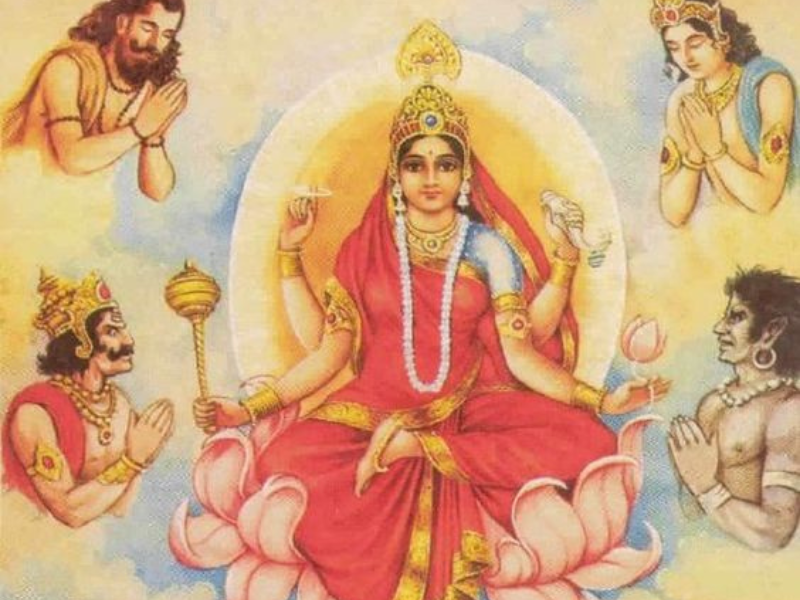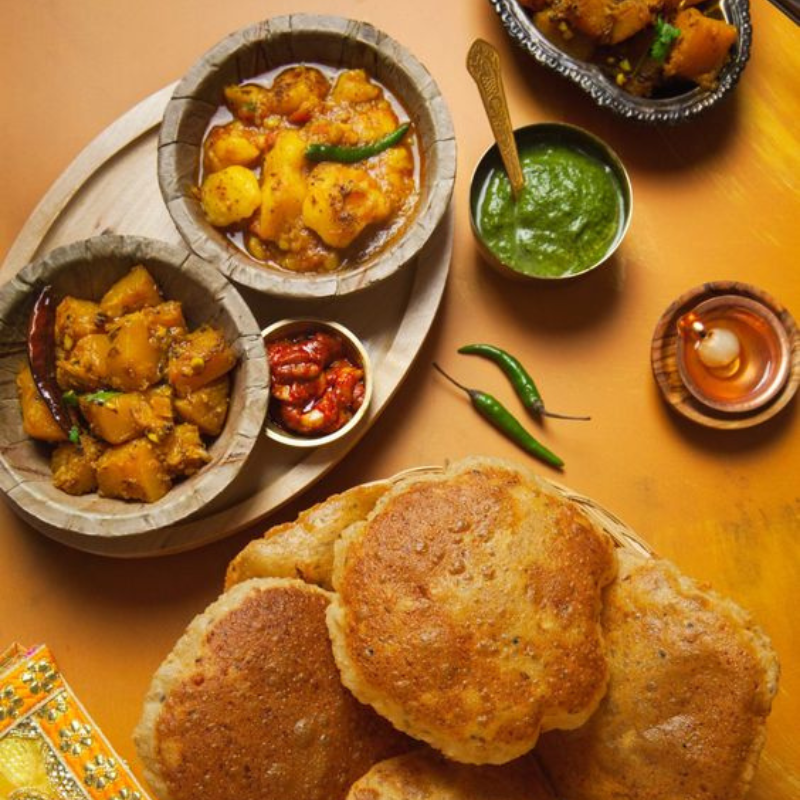Breaking the Navratri fast, also known as “Vrat Phala” or “Vrat Katha,” is a significant ritual and varies depending on individual practices and regional customs. Here’s a detailed guide on when and how to break the Navratri fast:
1. On the Ninth Day (Navami)
The most common practice is to break the fast on the ninth day of Navratri, known as Navami. This day is considered highly auspicious as it is believed to be the day when Goddess Durga defeated the demon Mahishasura.

- Timing: The fast is typically broken after the completion of the Navami Puja, which is performed in the morning. The exact time to break the fast can vary depending on local traditions and the auspicious muhurat (timing) for the Navami Puja. It is generally recommended to break the fast after the Navami Homa (sacred fire ritual) and the main puja ceremony, which is usually around noon or early afternoon.
2. On the Tenth Day (Dussehra)
In some regions, particularly in Northern India, the fast may be broken on the tenth day, which is celebrated as Dussehra. This day marks the end of Navratri and the victory of good over evil.

- Timing: The fast is typically broken after performing special rituals and participating in Dussehra celebrations. This usually happens in the afternoon or evening, after the completion of Dussehra pujas and rituals, which may include the burning of effigies of Ravana and other demon kings.
How to Break the Navratri Fast
1. Prepare an Offerings
Before breaking the fast, prepare an offering to Goddess Durga, which typically includes fruits, sweets, and a special meal.
2. Perform a Final Puja
Offer your prayers and perform a final puja to Goddess Durga. This includes making offerings of flowers, fruits, and sweets, and expressing gratitude for the blessings received during the fasting period.
3. Eat Light and Simple Foods
When breaking the fast, it’s customary to start with light and easily digestible foods. Traditionally, the meal might include:
- Fruits: Begin with fresh fruits that are simple on the stomach.
- Light Sweets: Offer sweets made from non-grain ingredients, such as fruit-based desserts or sweetened milk.
Cooked Dishes: Gradually include cooked dishes like kheer (rice pudding), sabudana khichdi (tapioca and potato dish), or fruit chaat (fruit salad).

4. Avoid Heavy and Rich Foods Initially
After the fasting period, it’s advisable to avoid heavy and rich foods initially. Give your digestive system time to adjust before consuming regular meals.
5. Offer Prayers and Gratitude
After breaking the fast, offer prayers of thanks to Goddess Durga for the strength and blessings received during the fasting period. This can be done at the puja area or temple.
Additional Tips
- Consult Local Customs: Local traditions and customs can vary, so it’s a good idea to consult with family members or religious leaders to follow the specific practices of your community.
Health Considerations: If you have any health concerns or medical conditions, consider consulting a healthcare provider before undertaking or breaking a fast.
Breaking the Navratri fast is a moment of celebration and gratitude, marking the end of nine days of devotion and spiritual practices. Whether on the ninth day or the tenth, the process involves careful observance of rituals and an appreciation of the divine blessings received. By following these guidelines and respecting local customs, devotees can complete their Navratri fast in a spiritually fulfilling manner.


